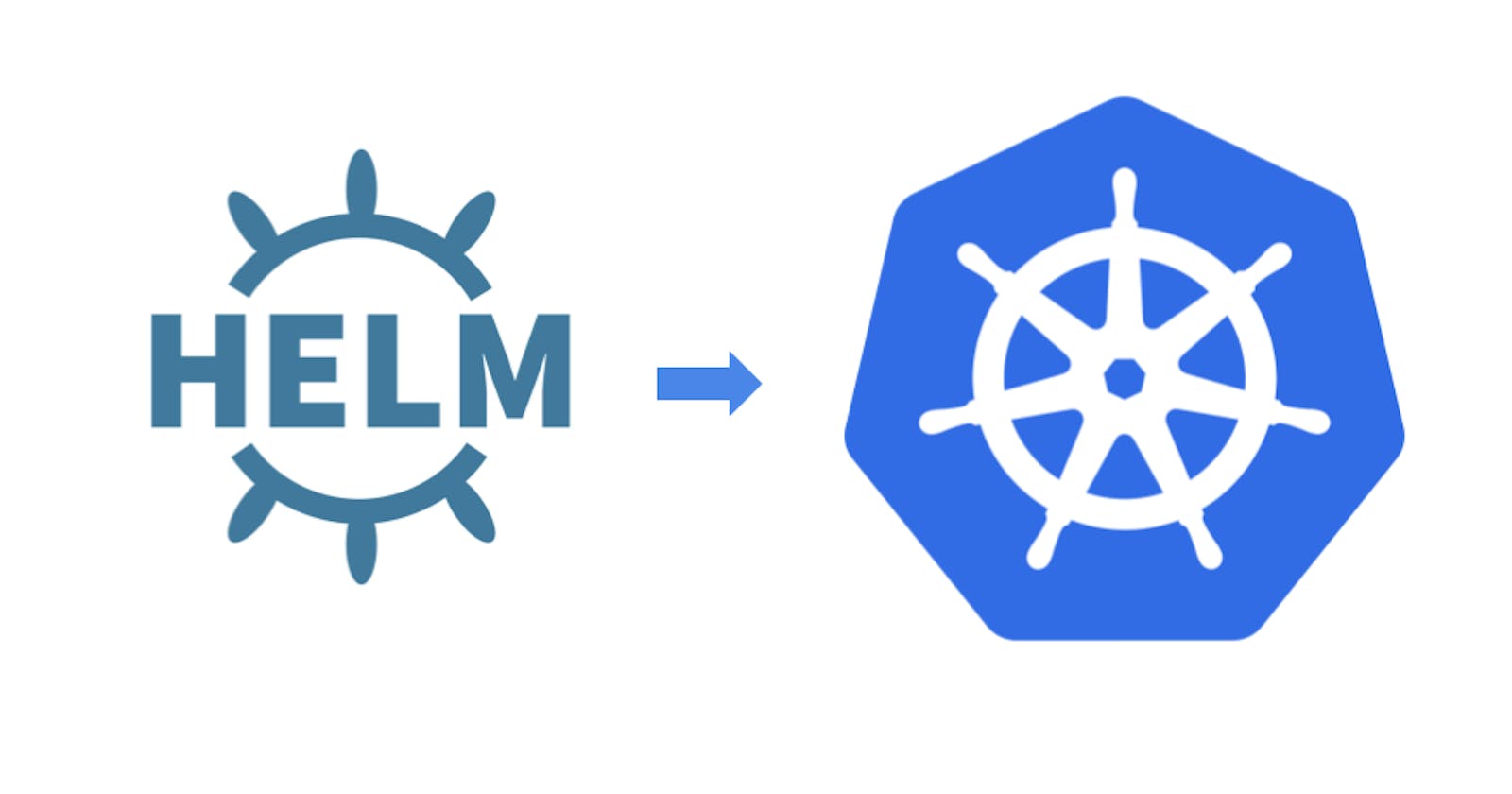Kubernetes Interview Questions on Helm - Day 7
 Sandeep Naidu
Sandeep Naidu
What is Helm, and why is it used in Kubernetes?
- Helm is a package manager for Kubernetes that simplifies the deployment and management of Kubernetes applications. It uses charts, which are packages of pre-configured Kubernetes resources, to define and install applications. Helm makes it easier to version, share, and manage complex application deployments on Kubernetes.
How do you install Helm and initialize a Helm chart repository?
To install Helm, you can typically use a package manager like
aptorbrew, or download the binary from the Helm GitHub releases page. Once Helm is installed, initialize a chart repository using the following command:helm repo add <repository-name> <repository-url>
What is a Helm chart?
- A Helm chart is a package of pre-configured Kubernetes resources. It contains templates, values, and optional files to define how an application should be deployed on a Kubernetes cluster. Charts make it easy to share and deploy applications consistently.
How do you create a new Helm chart?
To create a new Helm chart, you can use the
helm createcommand. For example:helm create mychartThis command generates the basic directory structure and files for a Helm chart.
What is the difference between a Helm release and a Helm chart?
- A Helm chart is a package containing Kubernetes resource definitions, templates, and configuration. A Helm release is an instance of a Helm chart deployed on a Kubernetes cluster. You can have multiple releases of the same chart with different configurations.
How do you deploy a Helm chart to a Kubernetes cluster?
To deploy a Helm chart, use the
helm installcommand. For example:helm install my-release mychartThis command deploys the chart named
mychartas a release namedmy-releaseto the cluster.
What are Helm values and how are they used?
- Helm values are configuration parameters that can be customized when deploying a Helm chart. Values are defined in
values.yamlfile or provided using the--setflag during installation. They allow users to tailor the chart's behavior to their specific requirements.
- Helm values are configuration parameters that can be customized when deploying a Helm chart. Values are defined in
What is a Helm template, and how does it work?
- A Helm template is a Kubernetes manifest generated from a Helm chart's templates and values. Helm uses the Go templating engine to interpolate values into the templates, producing valid Kubernetes YAML files that are ready for deployment.
How do you upgrade a Helm release to a new version of a chart?
To upgrade a Helm release, use the
helm upgradecommand. For example:helm upgrade my-release mychartHelm will apply the changes from the new version of the chart to the existing release.
What is a Helm hook, and when might you use one?
- A Helm hook is a way to perform actions at specific points in the Helm lifecycle, such as before or after a release is installed, upgraded, or deleted. Hooks are useful for tasks like database migrations or certificate issuance.
Explain the difference between Helm 2 and Helm 3.
- Helm 2 used a server-side component called Tiller, which was removed in Helm 3 to improve security and simplicity. Helm 3 introduced several improvements, including better support for security, a restructured chart directory, and improved chart dependencies management.
What are Helm repositories, and how do you add or remove them?
- Helm repositories are locations where Helm charts are stored and can be fetched from. You can add a repository using
helm repo addand remove it usinghelm repo remove.
- Helm repositories are locations where Helm charts are stored and can be fetched from. You can add a repository using
How do you rollback a Helm release to a previous version?
To rollback a Helm release, use the
helm rollbackcommand. For example:helm rollback my-release 2This command rolls back the release named
my-releaseto revision 2.
What is Tiller, and why was it removed in Helm 3?
- Tiller was the server-side component in Helm 2 that managed releases. It was removed in Helm 3 to improve security because Tiller had access to the Kubernetes API with extensive permissions, which posed a security risk.
How can you secure Helm deployments in a Kubernetes cluster?
To secure Helm deployments, you can:
Use RBAC (Role-Based Access Control) to limit permissions.
Ensure that Helm and Kubernetes API are secured with appropriate authentication and authorization mechanisms.
Sign and verify Helm charts to ensure their integrity.
How do you manage dependencies in Helm charts?
- Use the
requirements.yamlfile to specify chart dependencies. Helm will fetch and install these dependencies when deploying the parent chart.
- Use the
What is the purpose of Helm plugins, and can you name a few useful Helm plugins?
- Helm plugins extend Helm's functionality. Some useful Helm plugins include
helm-difffor showing differences between releases,helm-secretsfor managing secrets, andhelmfilefor managing multiple Helm releases.
- Helm plugins extend Helm's functionality. Some useful Helm plugins include
How do you perform linting and testing of Helm charts?
- Use
helm lintto check chart validity. To test Helm charts, you can create test pods or use tools likehelm testto run tests defined in the chart.
- Use
Subscribe to my newsletter
Read articles from Sandeep Naidu directly inside your inbox. Subscribe to the newsletter, and don't miss out.
Written by

Sandeep Naidu
Sandeep Naidu
Cloud & DevOps Engineer| SRE | Kubernetes | AWS | Ansible | GIT | Terraform | Gitlab | Docker | Python